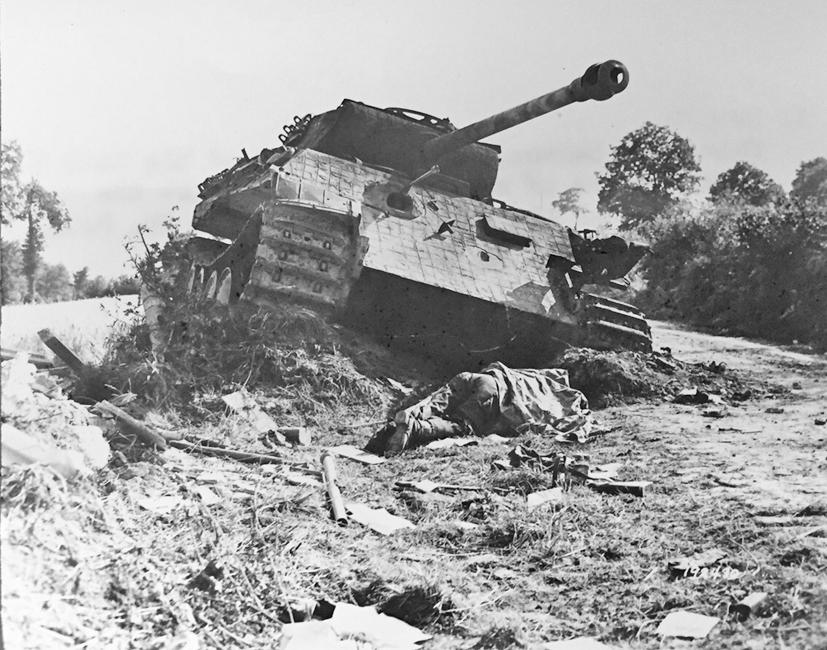

The Corporal just looked at the Frenchmen and said, "American soldiers are very strong." Their eyes nearly bugged out of their heads as they watched four GI's pick up what looked like a 40-ton tank - and turn it around - by hand. One night, a Corporal was on guard duty when two Frenchmen on bicycles accidentally wandered past the perimeter. Occasionally, the inflatable tanks also created amusing moments. It was performance art of the highest level. Skilled radio operators would create phony dispatches and bulletins, and could perfectly mimic a telegraph operator's style.

Using giant speakers that could be heard for 15 miles or 24 kilometres, they would blast sound-effect recordings of tank brigades moving up a hill, or the sounds of thousands of soldiers arriving and setting up camp. They would look incredibly authentic from a distance - and the Ghost Army could set up hundreds of phantom tanks very quickly. Artists, architects and designers created inflatable tanks, cannons, trucks and aircraft.

The Ghost Army used three main strategies to fool the Nazis. The illusions were so good, they would persuade the Germans not to attack a weak spot or could draw German troops away from where real American units were preparing an attack. When, in fact, the army wasn't there at all. Using ingenuity, they could create the illusion that 30,000 troops and hundreds of tanks and artillery were holding the line. The Ghost Army was a mobile, self-contained deception unit capable of staging multi-media illusions on command. Their mission: to persuade the German army that there were big platoons of soldiers and equipment in strategic locations, where there weren't any at all. They were artists, sound engineers and set designers. There were 1,100 people in this special unit, but they weren't soldiers. It was the 23rd Headquarters Special Troops. In World War Two, the American army had a very special, top-secret division.


 0 kommentar(er)
0 kommentar(er)
